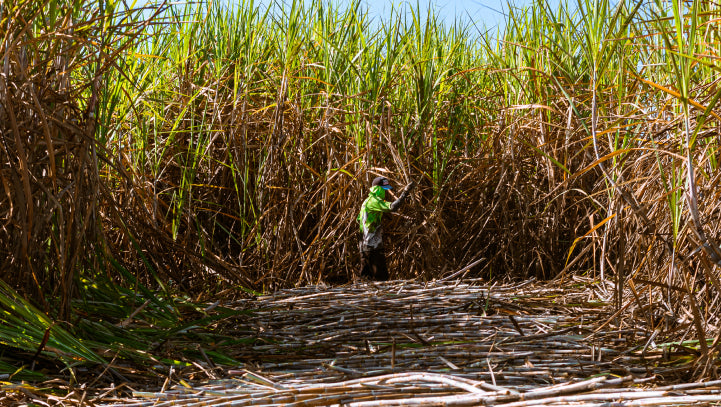
Harvesting sugar cane
Sugar cane is a tropical plant that grows well at temperatures between 18ºC to 35ºC (64.4ºF to 95ºF)
Depending on the location (remember, Brazil is roughly the size of the continental United States, and sugar cane can grow in nearly every state) the harvest can occur anywhere from May until December.
Many locations have more than one harvest per year.
One ton of sugarcane results in 130 liters of cachaça.
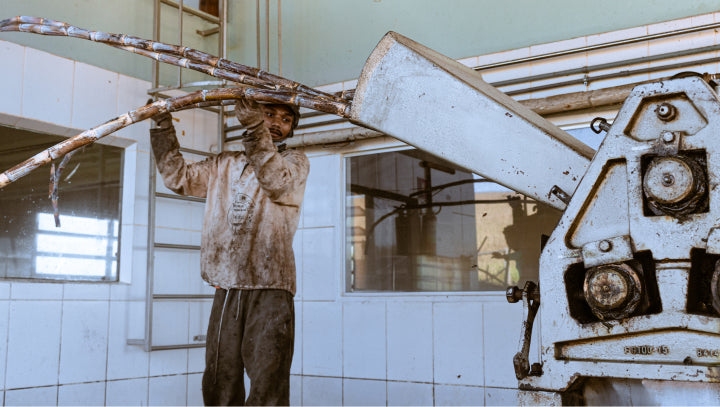
Processing the cane
Fresh sugarcane juice is extracted from sugarcane within the first 24 hours after harvest.
Some producers still use water power to operate the machine extracting the juice, however, most distilleries rely on electric-powered machines.
After extraction, the juice is filtered to remove any impurities before fermentation.
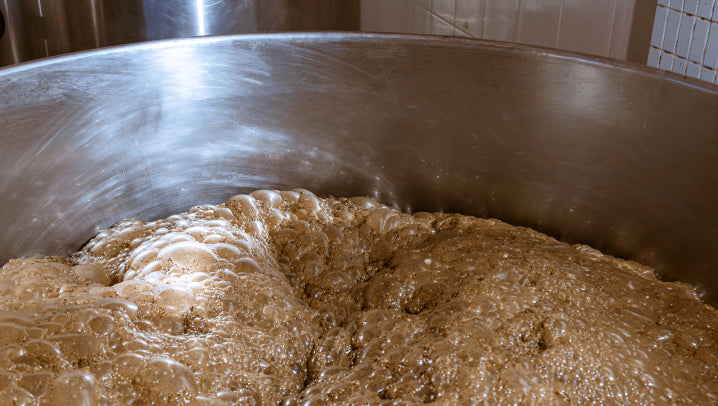
Fermentation
Fermentation lasts between 14 and 24 hours.
The ideal temperature during fermentation ranges from 28ºC to 32ºC (82.4ºF to 89.6ºF)
Various types of yeast can be used during fermentation, including: wild, CA-11, CANAMAX, CAT-1, BG-1 or even those selected from the cane field itself. Yeast imparts significant flavor to the end product so is key in the development of unique, well-crafted cachaça.
Once the sugar in the juice has been cleared, the product has 7-9% alcohol.
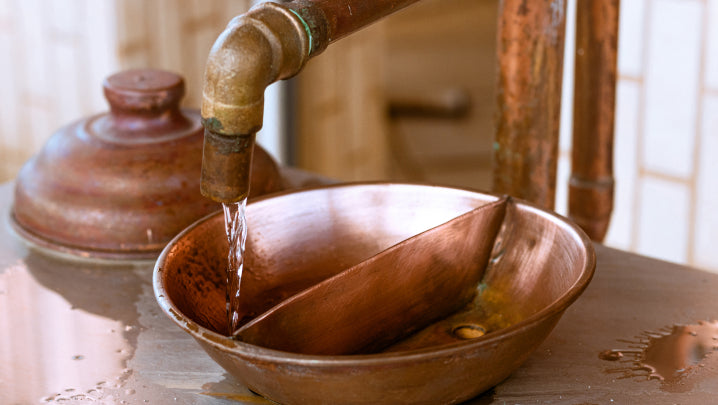
Distillation
The distillation of large amounts of cachaça is generally done in stainless steel columns, while most small-scale production is done in copper stills.
The copper present in the stills acts to reduce the content of sulfur compounds in the cachaça, eliminating the presence of an unpleasant rotten egg odor.
Some producers use sugarcane waste to feed the fire that heats the still.
The heating of the still can be done directly or indirectly.
During distillation, the “head”, “heart” and “tail” are separated. The head and tail are discarded because they contain off notes, while the heart remains, which is ideal for consumption.
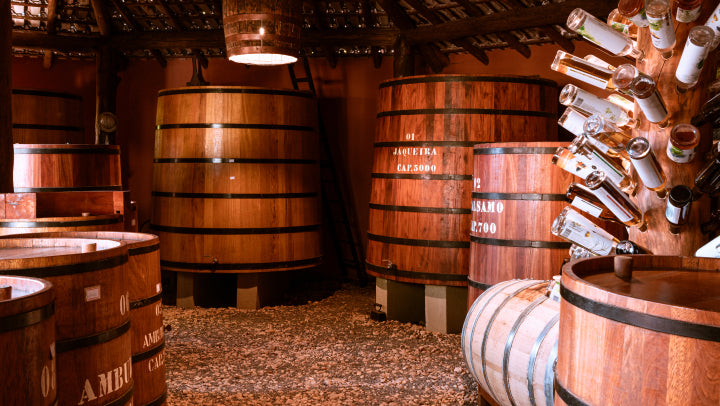
Storing & Aging
Cachaça is usually stored in stainless steel vats after distillation.
From stainless steel vats, cachaça can be moved to wooden barrels for storage/aging, which can last from a few months to a few decades.
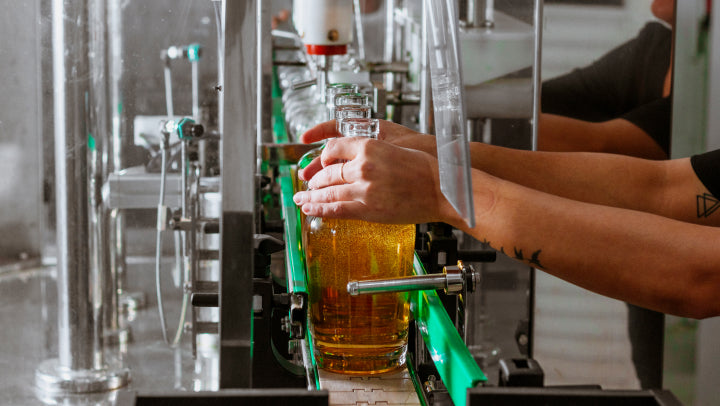
Bottling
Cachaça that has been stored in stainless steel or wooden barrels can be diluted and standardized for bottling.
To be called cachaça the alcohol content must be between 38% and 48% (Note: to be called cachaça in the US it has to be at least 40%)
Small producers often bottle by hand, though many have implemented a mechanized process in recent years
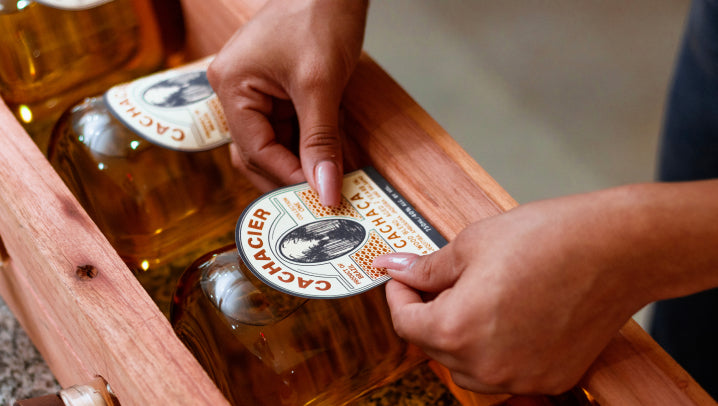
Getting it to you
Our team scours Brazil to find the finest cachaça made by the best producers and delivers it directly to your door.


